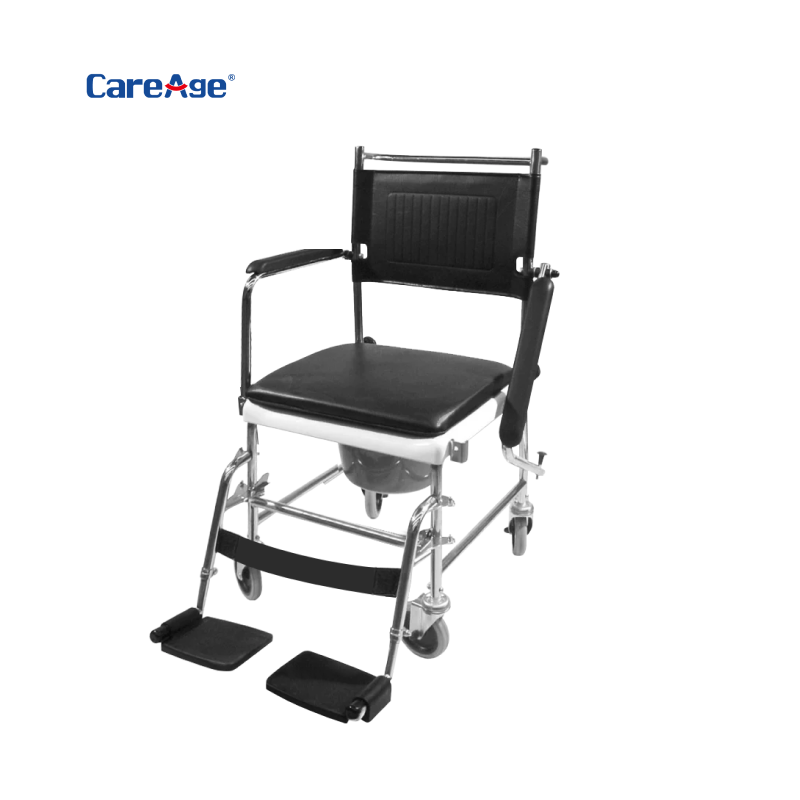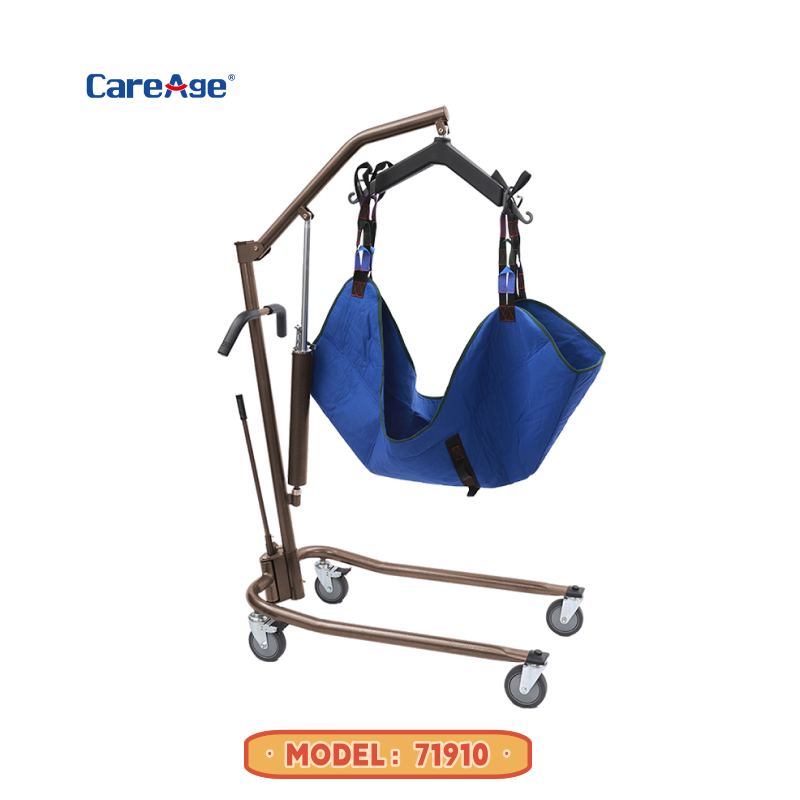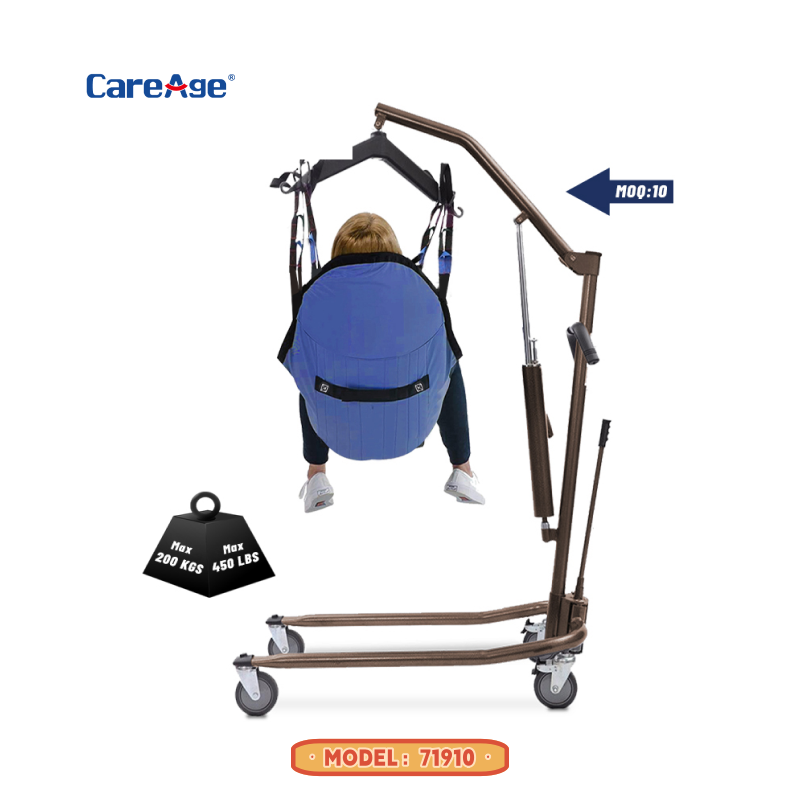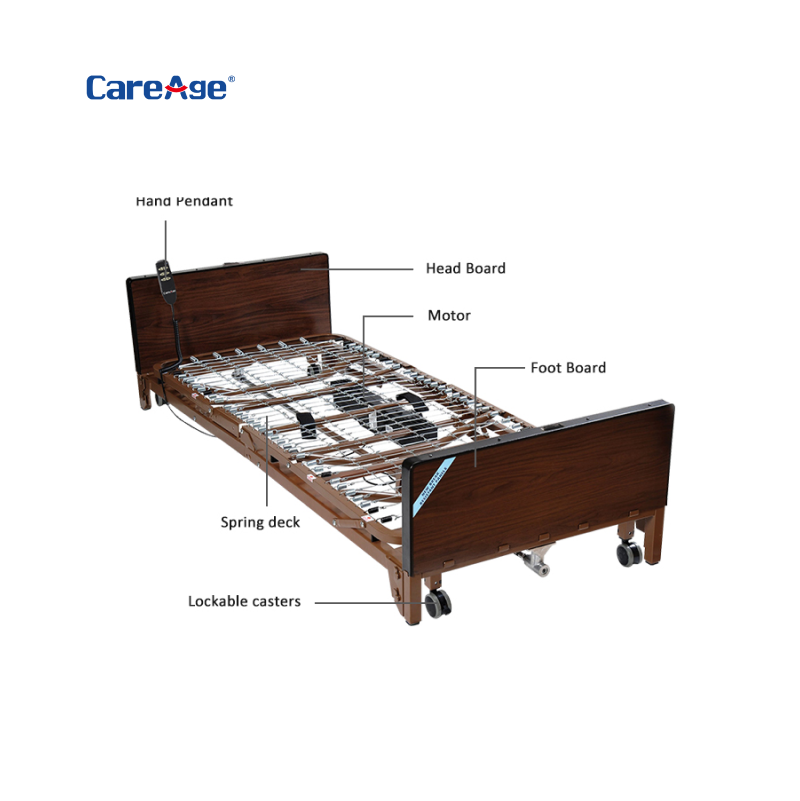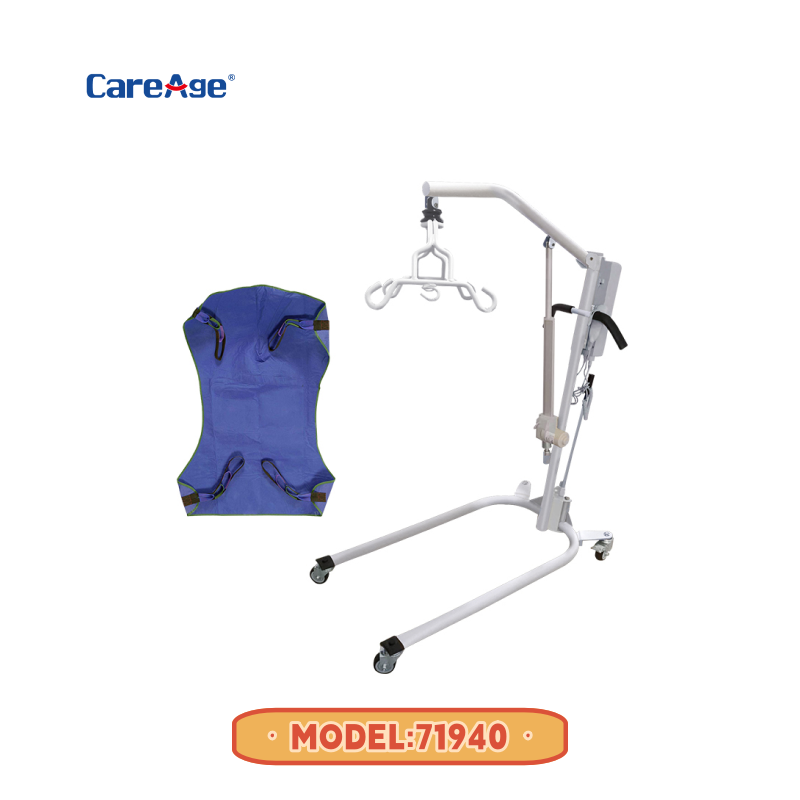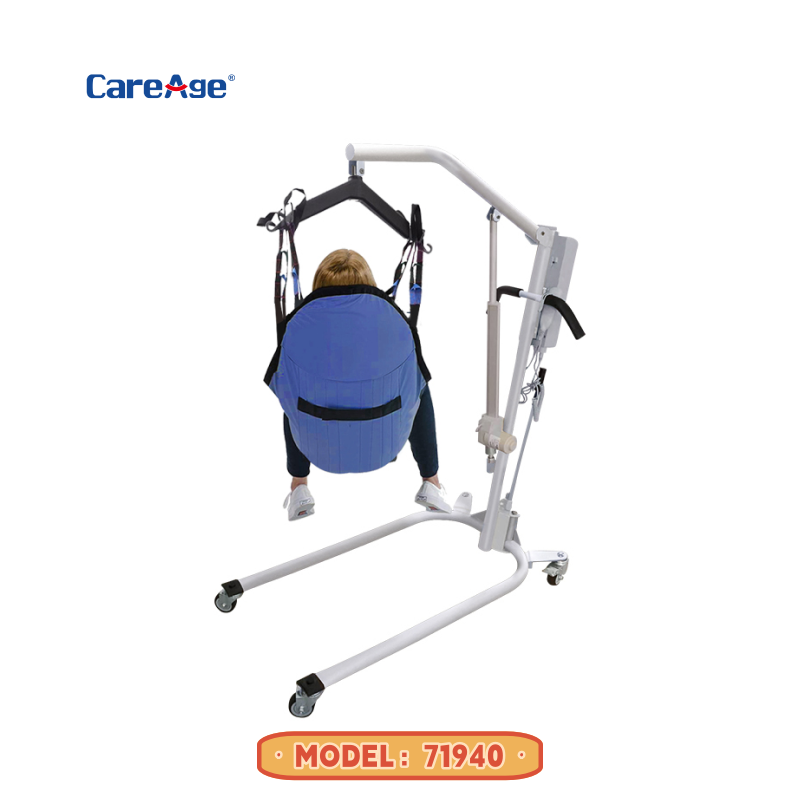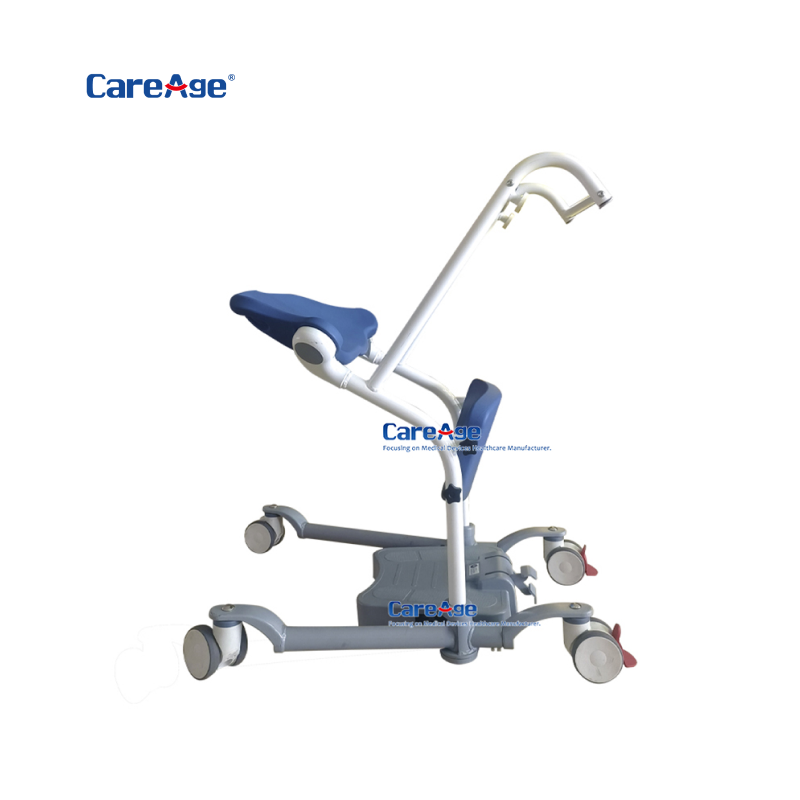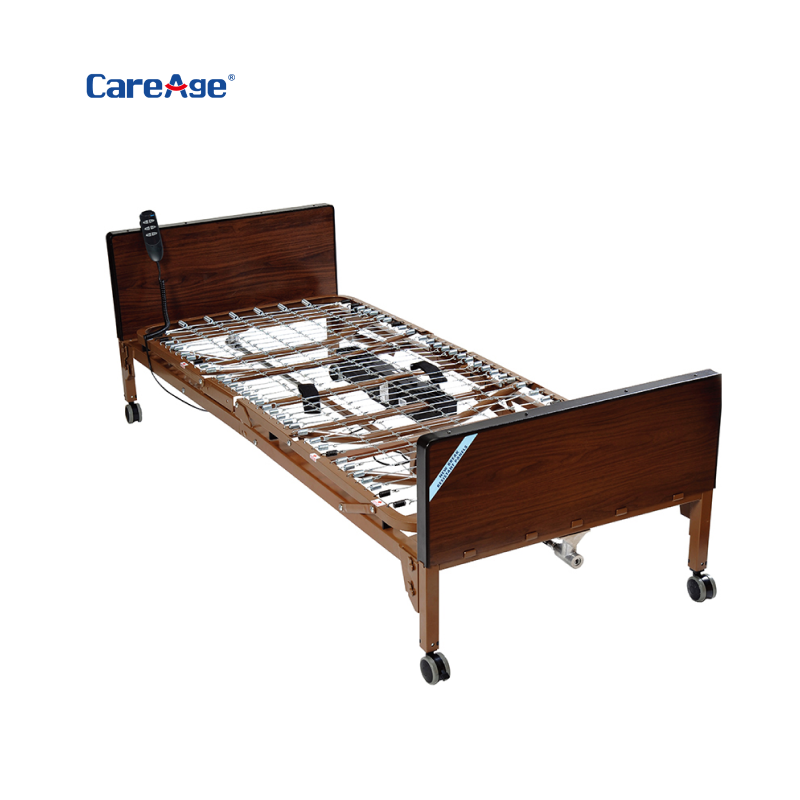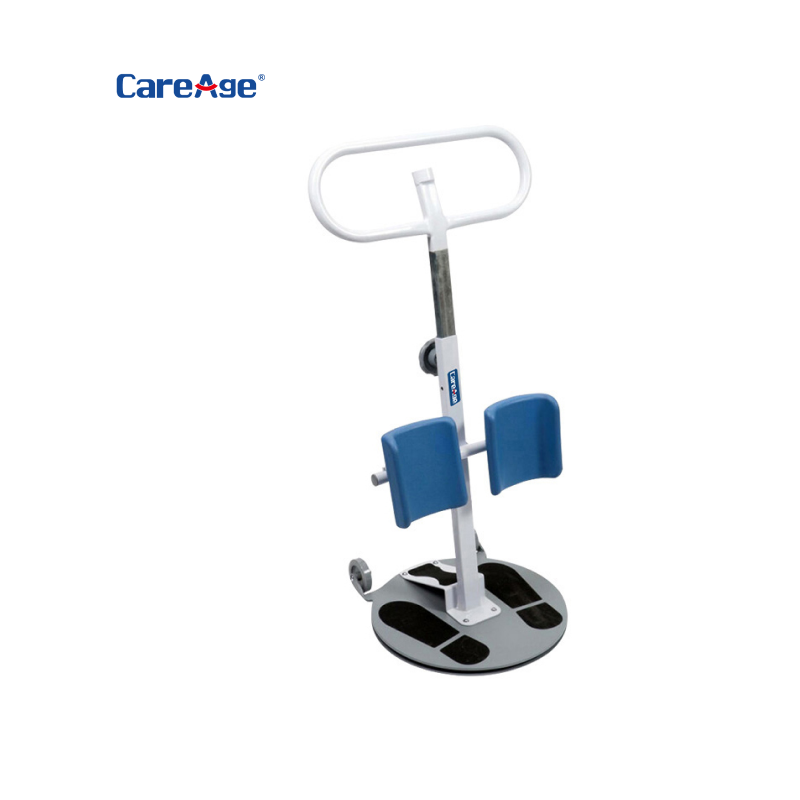In emergency situations, the portable electric lift serves as a vital tool for transferring patients and ensuring their safety. whether in hospitals, nursing homes, or at home, the portable electric lift produced by careage plays a crucial role during critical moments. in the face of sudden incidents such as earthquakes, fires, or worsening medical conditions, caregivers must operate the portable electric lift swiftly and accurately to maximize patient safety. to achieve this, caregivers need to master certain emergency usage techniques, ensuring they can respond calmly and effectively. with proper usage and maintenance, the portable electric lift not only becomes a reliable assistant for caregivers but also provides life-saving support for patients in critical times.
In emergencies, caregivers must first ensure that the patient hoyer lift is in optimal working condition. checking the battery charge or power connection is the first step to guaranteeing the lift's functionality. insufficient power could cause the portable electric lift to stop working mid-operation, directly endangering the patient’s safety. therefore, caregivers should charge the lift regularly and perform a quick inspection in case of emergencies to ensure the patient hoyer lift is always ready for use. additionally, before use, it is essential to verify that the lift’s sling is securely attached and free of damage, wear, or other defects. this precaution effectively prevents incidents such as dropping or slipping during transfers. while these pre-check steps may seem simple, they are critical to ensuring the patient hoyer lift operates safely and efficiently.
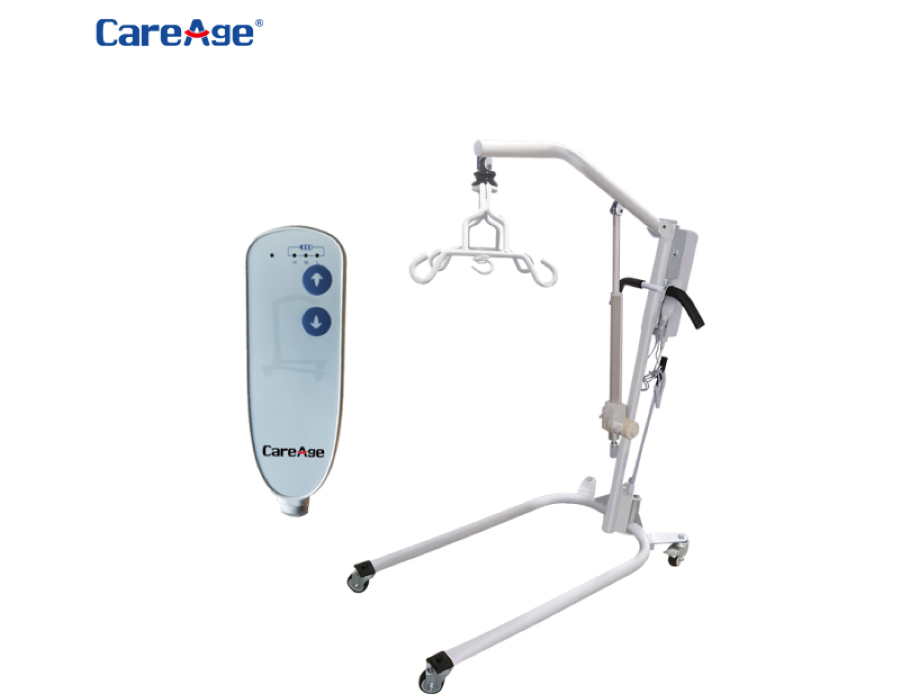
During emergency operations, caregivers must pay particular attention to the patient’s comfort and safety. If the patient is unconscious or unable to cooperate, caregivers should proceed with extra caution, avoiding rough or abrupt movements that might cause additional pain or discomfort. for instance, by utilizing the remote control or intelligent adjustment features of the electric hoyer lift, caregivers can precisely adjust the sling’s angle and position, ensuring a smooth and vibration-free transfer for the patient. moreover, caregivers should continually monitor the patient’s expressions and physical reactions to ensure the transfer process is as comfortable as possible. this focus on detail not only reduces the patient’s physical strain but also helps maintain their emotional stability in stressful situations.
Quick response capability is the key to successful emergency transfers. During such scenarios, caregivers should be well-versed in all operating techniques of the electric hoyer lift. for example, the lifts produced by careage are equipped with emergency stop buttons and rapid lift/lower functions, allowing for prompt action during critical situations. these features enable caregivers to swiftly transfer patients to the required location in moments of danger. for instance, during a fire, caregivers can use the quick-lift function to adjust the patient’s position and evacuate them from the hazardous area rapidly. throughout the operation, caregivers must remain calm to avoid errors or unnecessary harm caused by panic. familiarity with every feature of the electric hoyer lift, along with simulated practice of various emergency scenarios, is essential for ensuring efficient and safe patient transfers during crises.
Regular emergency drills are an effective way to enhance the overall responsiveness of the caregiving team. Through these drills, caregivers can not only master the operation of the electric hoyer lift but also improve their coordination during emergencies. integrating the daily inspection, maintenance, and emergency operation training of patient lifts into routine caregiving tasks can significantly elevate the quality of care, providing a safer environment for patients. furthermore, such proactive preparation minimizes risks during emergencies and allows medical institutions to gain precious time and resources to handle crises effectively.


